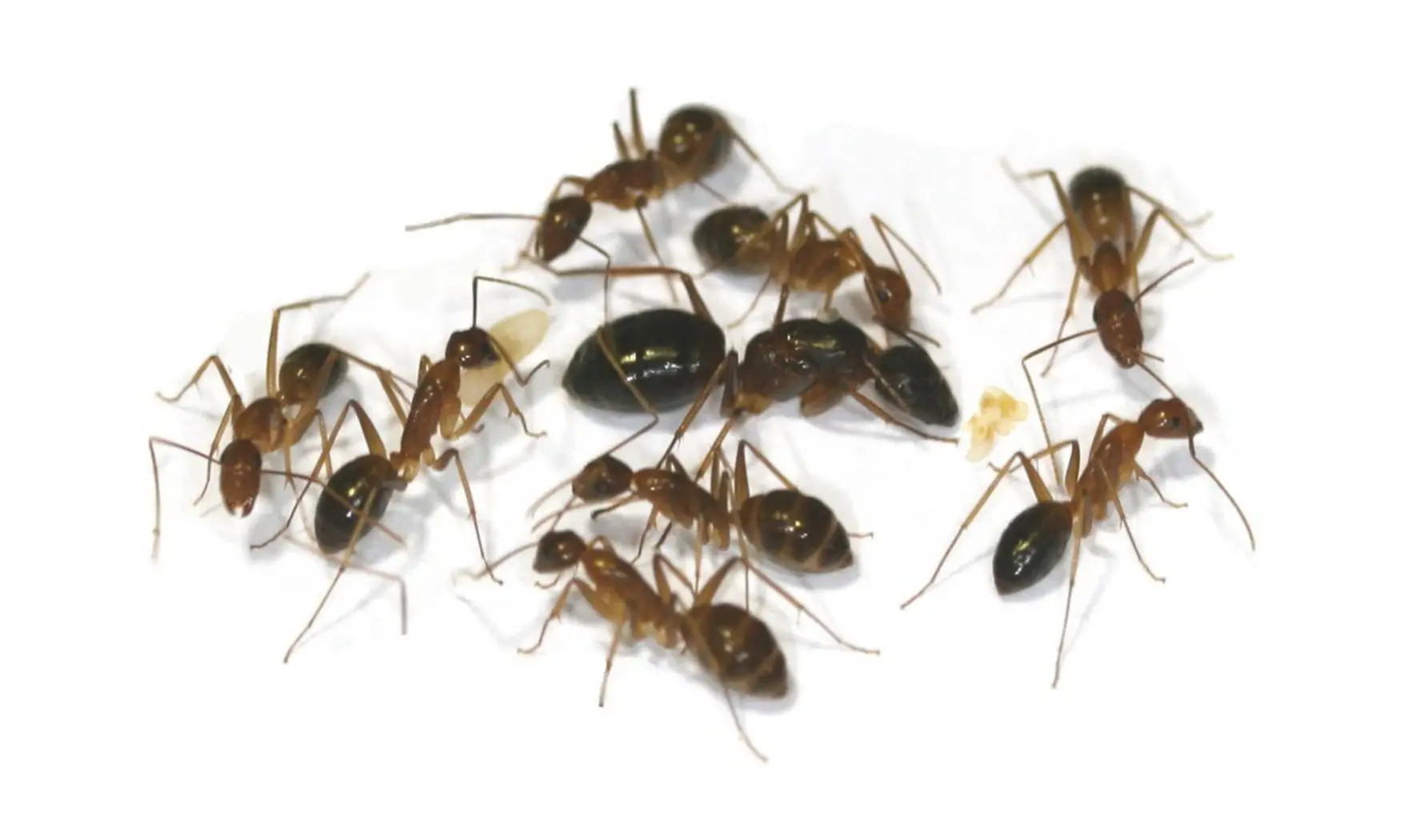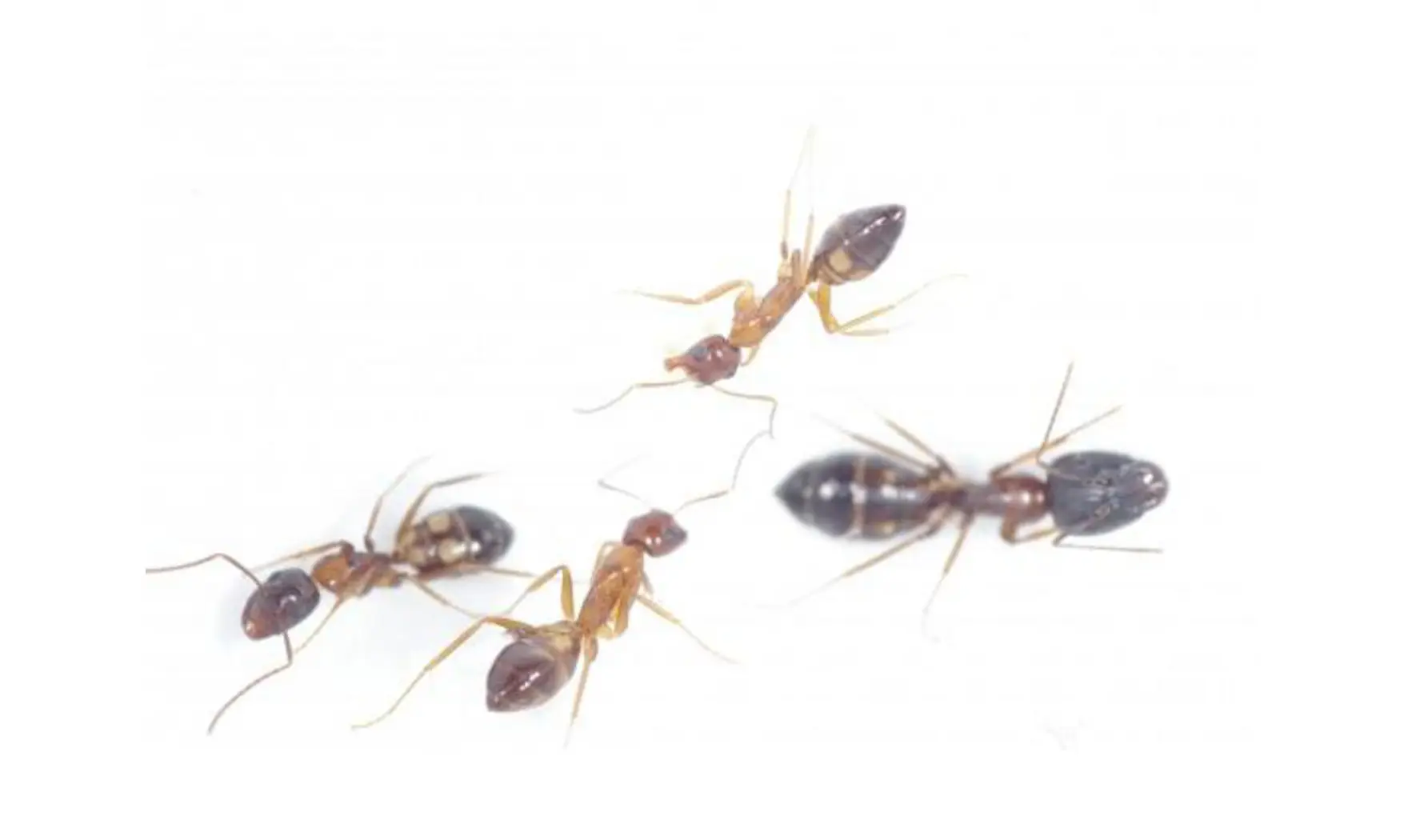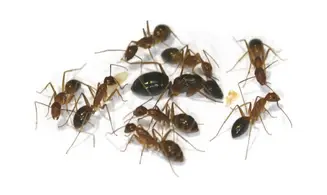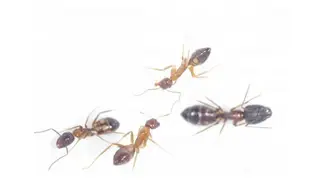



Camponotus albosparsus
Reference : CFOUR-006
29.90€
Unavailable
0 in stock
Latin name: Camponotus albosparsus
Taxonomy: Subfamily: Formicinae, Tribe: Camponotini
Breeding level: Intermediate, temperatures must be respected
Geographic distribution: Southeast Asia and India.
Habitat: Open grasslands.
Colony form: Monogyne
Queen: Size: 12 - 13mm Color: Dark brown strong chest
Workers: Size: 4 - 6mm Color: brown, thorax and yellowish brown legs.
Major: Size 8 - 10mm Color: Dark Brown Thorax Strong
Male: Size: 7mm Color: black
Food: Honeydew and insects: like flies, mealworms, mosquitoes and small crickets; also fruits
Humidity: Hunting area: 30 - 50% Nest: 50 - 70%
Temperature: Hunting area: 21 - 35 ° C Nest: 24-28 ° C
Hibernation: No, but winter break is recommended from November to March at room temperature
Nest type: Plexiglass nest, nest with classical tube or plaster, reconstituted stone nest
Description: Camponotus albosparsus is a very colorful Camponotus species widely distributed in Southeast Asia which is very prolific.
Development: Swarming at the beginning of the rainy season
Foundation: Claustral (without food) Development: 28 days from egg to worker (depending on temperature)
Size of the colony: Several thousand individuals, the queen can reach the age of 15 years
Taxonomy: Subfamily: Formicinae, Tribe: Camponotini
Breeding level: Intermediate, temperatures must be respected
Geographic distribution: Southeast Asia and India.
Habitat: Open grasslands.
Colony form: Monogyne
Queen: Size: 12 - 13mm Color: Dark brown strong chest
Workers: Size: 4 - 6mm Color: brown, thorax and yellowish brown legs.
Major: Size 8 - 10mm Color: Dark Brown Thorax Strong
Male: Size: 7mm Color: black
Food: Honeydew and insects: like flies, mealworms, mosquitoes and small crickets; also fruits
Humidity: Hunting area: 30 - 50% Nest: 50 - 70%
Temperature: Hunting area: 21 - 35 ° C Nest: 24-28 ° C
Hibernation: No, but winter break is recommended from November to March at room temperature
Nest type: Plexiglass nest, nest with classical tube or plaster, reconstituted stone nest
Description: Camponotus albosparsus is a very colorful Camponotus species widely distributed in Southeast Asia which is very prolific.
Development: Swarming at the beginning of the rainy season
Foundation: Claustral (without food) Development: 28 days from egg to worker (depending on temperature)
Size of the colony: Several thousand individuals, the queen can reach the age of 15 years

